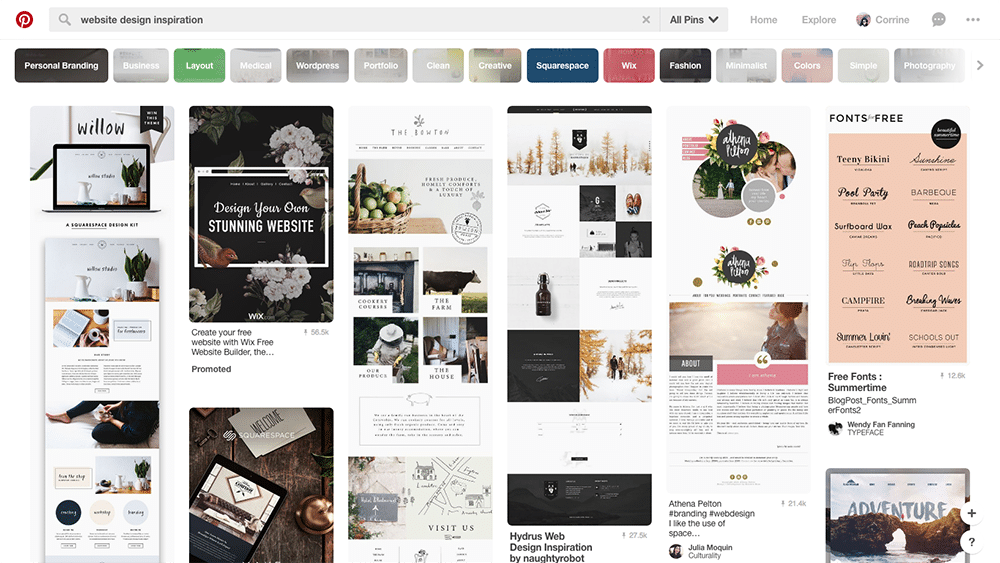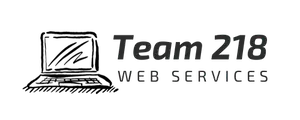The Comprehensive Guide to Crafting Visually Appealing and Functional Internet Design That Meets User Demands
In today's electronic landscape, the importance of crafting web designs that are both useful and aesthetically appealing can not be overemphasized. By prioritizing user-centered design principles, developers can produce experiences that not just attract however likewise preserve user passion. Trick aesthetic components such as comparison, balance, and positioning play an important duty in this procedure, while the requirement of receptive design guarantees accessibility throughout different devices. The journey does not end with initial layout; ongoing testing and version are vital for improvement. What strategies can one employ to efficiently balance these components?
Comprehending User-Centered Layout
At the heart of reliable web layout lies the concept of user-centered style, a philosophy that prioritizes the demands, preferences, and actions of users throughout the development procedure. This approach entails detailed research to recognize the target audience, ensuring that the final item reverberates with its desired users. By incorporating user responses at every stage, designers can produce user interfaces that are not only aesthetically appealing yet intuitive and likewise functional.
User-centered layout emphasizes compassion, calling for developers to enter the users' shoes and consider their point of views. Methods such as customer characters, journey mapping, and functionality screening are used to recognize pain factors and possibilities for improvement. This repetitive procedure enables constant improvement, as designers adapt to advancing customer demands and technological innovations.
Including user-centered design leads to increased user complete satisfaction and involvement, eventually resulting in greater conversion rates and brand name loyalty. It fosters a collective setting where stakeholders, including developers, customers, and designers, collaborate to attain a shared vision. By positioning individuals at the center of the style procedure, organizations can develop web sites that not only satisfy business goals but likewise provide significant and rewarding experiences for customers.
Key Concepts of Visual Layout
Efficient aesthetic design serves as the structure for creating easy to use and interesting websites. It includes numerous key principles that lead designers in crafting visually pleasing and functional interfaces.
First, equilibrium plays an essential function in attaining visual harmony. Developers should distribute aspects equally across the design to stay clear of overwhelming individuals. This can be attained through symmetrical or asymmetrical style strategies.

Additionally, positioning is vital for arranging details. Consistent positioning of message and pictures cultivates a clean design, boosting overall navigating and customer experience.
 Distance additionally adds to aesthetic clarity. Grouping relevant things together aids individuals in understanding the connection in between various elements, making the interface a lot more instinctive.
Distance additionally adds to aesthetic clarity. Grouping relevant things together aids individuals in understanding the connection in between various elements, making the interface a lot more instinctive.Lastly, consistency in layout components, such as designs, fonts, and colors, strengthens brand name identity and assists individuals browse the website more effortlessly. By incorporating these crucial concepts of aesthetic layout, web designers can produce user interfaces that are not just visually attractive yet additionally functional and user-centered.

Value of Responsive Design
Receptive design is a critical element of modern internet advancement, making certain that web sites function seamlessly across a selection of gadgets and display dimensions. As the internet landscape progresses, the diversity of devicesâEUR" ranging from smart devices to tablet computers and desktop computersâEUR" demands a layout method that suits all users.
Executing receptive design permits an adaptable layout that immediately adjusts based upon the individual's display measurements. This adaptability not only improves access but likewise enhances use, as customers can navigate and connect with the website easily, despite their tool.
Moreover, online search engine like Google focus on mobile-friendly internet sites in their ranking algorithms. A responsive style can substantially boost a site's search engine optimization efficiency, eventually driving more web traffic and find out here now increasing exposure.
In addition, receptive style minimizes the need for preserving numerous versions of an internet site, streamlining updates and content management. This effectiveness equates into cost savings and a more natural brand name experience throughout systems.
Enhancing User Experience
Customer experience (UX) is an essential part of website design, influencing how visitors communicate with a site and regard its value. A well-crafted UX ensures that individuals can browse with ease, discover info conveniently, and accomplish their goals successfully. The style must take into consideration the customer's journey, from the minute they arrive on the site to the conclusion of their preferred action, whether that be making an acquisition, registering for a newsletter, or accessing info.
Crucial element that improve UX consist of clear navigation, receptive designs, and engaging aesthetic content. Uniformity in design components such as shades, font styles, and switches fosters experience, making the website feel natural. Additionally, maximizing load times is critical; users are much less most likely to remain on a website that is slow to respond.
Including ease of access attributes guarantees that all individuals, consisting of those with impairments, can connect with the site effortlessly. Additionally, user-centric style concepts should assist material organization, supplying pertinent info in a sensible structure. By prioritizing individual demands and choices, web designers can develop experiences that are not only visually appealing however likewise useful, ultimately promoting customer fulfillment and loyalty
Evaluating and Repeating Layouts
Testing and iterating styles are basic procedures that follow the first creation of a site, making sure that the individual experience stays at the center of any kind of modifications. These phases entail collecting customer responses, analyzing style performance, and making notified alterations to enhance usability and engagement.
Effective testing can take different forms, including usability screening, A/B testing, and user studies. Usability testing allows developers to observe genuine users as they communicate with the website, recognizing discomfort factors and locations for renovation. A/B testing, on the other hand, compares two versions of a layout component to determine which does much better, providing quantifiable information to guide decisions. Individual studies can offer qualitative insights, recording individual sentiments and choices.
Continuous version promotes a flexible layout approach, where the site progresses in feedback to user behavior and comments. By dedicating to strenuous screening and model, designers can create a site that not only satisfies visual criteria yet additionally supplies a seamless and pleasurable individual experience.
Verdict
To conclude, effective website design necessitates the assimilation of user-centered concepts, vital aesthetic style aspects, and responsive frameworks to create engaging user interfaces. By focusing on individual needs and executing continuous testing and iteration, developers can improve their developments to improve overall satisfaction. The dedication to go now these methods not only cultivates an aesthetically appealing visual however also makes certain performance across varied gadgets, ultimately adding to a positive customer experience and boosted engagement.
By focusing on user-centered style concepts, designers can develop experiences that not only attract however also preserve user passion.At the heart of efficient internet click to find out more style exists the principle of user-centered layout, an approach that focuses on the requirements, choices, and behaviors of customers throughout the development procedure. By placing individuals at the forefront of the style process, companies can develop sites that not just meet service objectives however additionally offer fulfilling and meaningful experiences for individuals.
By focusing on user requirements and choices, internet designers can produce experiences that are not just aesthetically appealing however additionally functional, eventually cultivating customer complete satisfaction and commitment.
Customer surveys can provide qualitative understandings, recording user beliefs and choices. (web design)